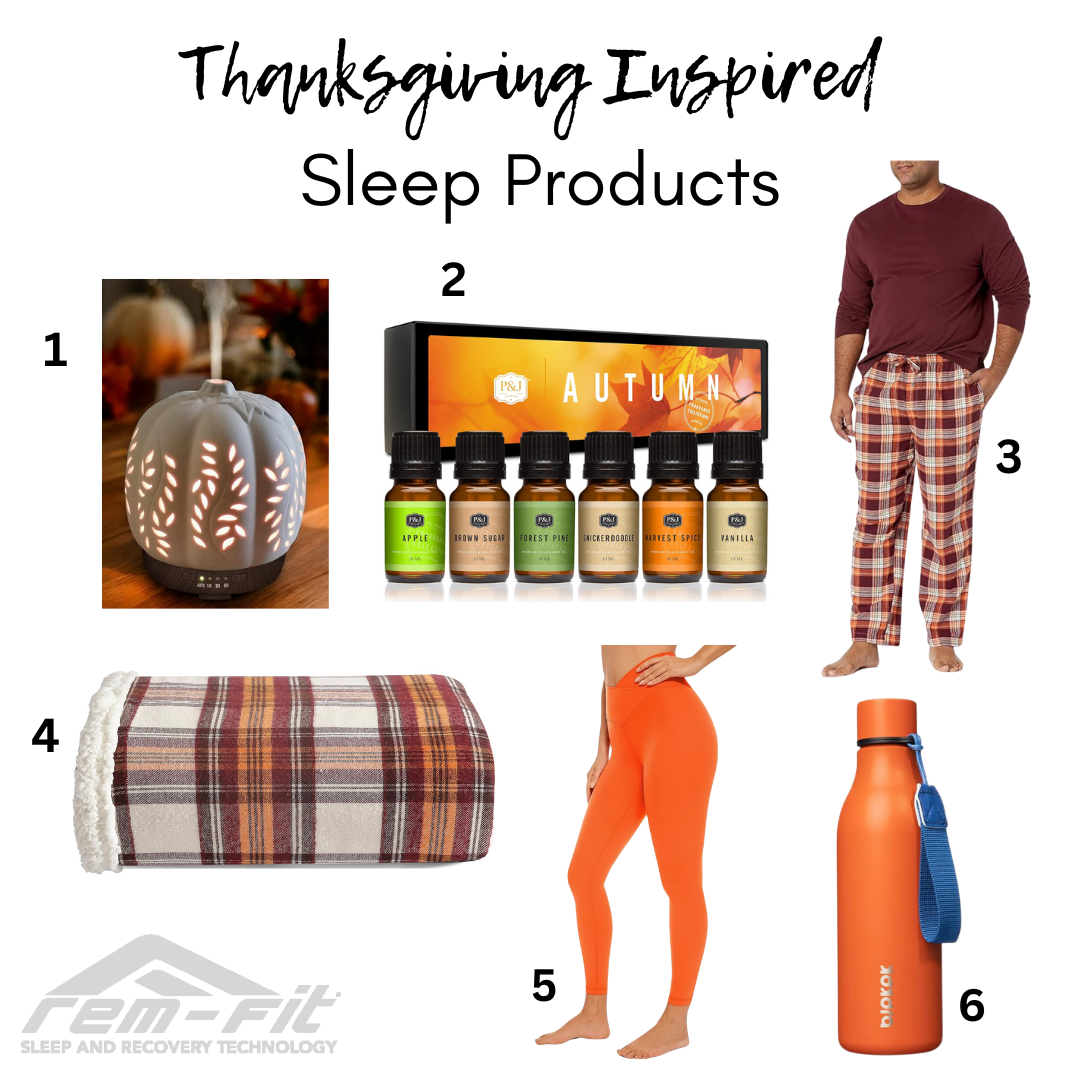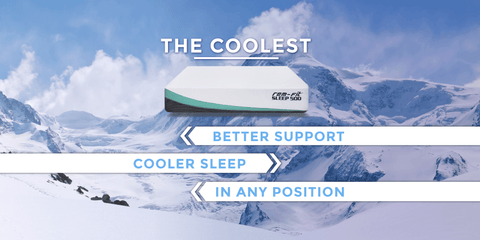
Is sleeping naked better?
Is sleeping naked better for you than sleeping clothed?
It can be, for some.
Science shows that our ambient sleep temperature has a lot to do with sleep quality. To a certain threshold, cooler temperatures correlate with better sleep. Go to bed too cold, on the other hand, and you’ll struggle to fall asleep.
You might not know that our microclimate temperature differs from environmental temperature. Clothing guards against the ambient temperature, whether cold or hot, to alter our microclimate. The extra insulation can keep us warm as moisture and heat are exchanged with the fabric.
But certain types of fabric cause too much humidity within the microclimate, and a 3-5% increase in moisture is enough to cause discomfort. For some, sleeping naked might just be the answer to a better night’s sleep.
The benefits of sleeping naked
Sleeping in the buff can improve sleep and health in more areas than one. What are the benefits? Better sleep, less stress, and more intimacy
Better Sleep
Sleeping naked has been tested in laboratory settings at different environmental temperatures. When three men were subjected to temperatures between 20 and 30° C, researchers determined the best temperature was around 25° C (77°F). That’s over ten degrees warmer than what was found in clothed subjects. In fact, 20°C (68° F) was so cold that the subjects gave up trying to sleep after four hours.
That’s just in a lab, though. In real life, most of us sleep with blankets and warm mattresses. Even at room temperature, heavier bedding can create microclimates up to 30° C. Add clothes on top of that, and you’re sleeping in way too much heat, according to science. Depending on your bedding, sleeping naked could bring your body heat down to the perfect temperature for REM and slow wave sleep.
Weight Loss
Sleeping in cooler temperatures can also help you lose weight. Scientists noticed that sleeping cold increases brown fat, which stimulates metabolism of white fat. White fat exists as adipose tissue, aka the body fat you’re trying to lose. After just a month of sleeping in cooler temps, participants got a 10% increase in fat metabolism.
Relationship Goals
Better sleep can remove stress from your life, which plays a major role in relationship quality. Not only that, but sleeping naked with your partner increases connection and releases oxytocin. This hormone makes us feel comforted and calm and further reduces stress hormones.
When sleeping naked with a partner, barriers are removed, and opportunities for sex arise more often. Regular, healthy sex with your partner contributes to positive relationships and communication. Oh, and it also helps us sleep better.
The drawbacks to sleeping naked
As with anything, sleeping naked comes with some drawbacks. Take the below in to consideration if you’re ready to sleep in the nude.
Potential for worse sleep
How can sleeping naked both improve and harm sleep? If you sleep completely uncovered, or in too cold of an environment, it could keep you awake all night.
In another study, four naked men (who were specifically selected for their ability to withstand cold) slept around 21° C for five nights in a row. When compared with warmer nights, cold sleeping increased general wakefulness and negatively impacted stage two sleep. Therefore, if you live in cold environments or have poorly insulated bedding and mattresses, sleeping naked might make you way too cold to function.
Discomfort
Some of us might not be comfortable sleeping without clothes on, for whatever reason. There’s no need to sleep naked if it doesn’t feel right. Comfort is the primary determinant of a good night’s rest, so avoid sleeping naked if that’s the case.
How to switch to sleeping naked
If you think you’re ready to make the switch, combine a change in clothing with altering your sleep environment. Move from long pajamas and a t-shirt to shorts and no shirt. One study actually showed that leaving extremities uncovered can aid healthy sleep in certain situations.
Get a blanket that keeps your warm enough so your microclimate hovers at a good sleep temperature. If you have control of the thermostat, make your outer environment colder and wrap yourself up in the blanket. Gradually transitioning will bring less of a shock and help you discern the exact blanket/thermostat/clothing combo that works for you.
Conclusion
Maintaining an environmental temperature around 65°F is critical for comfort in falling and staying asleep. Research has shown that these temperatures contribute to more slow wave and REM sleep. If you can change your ambient temperature through heating and air conditioning, you can alter your microclimate through bedding and clothing (or lack thereof). Try sleeping with less clothes on tonight, and see how it changes your experience. You might never go back.
If sleeping cool is a priority, whether clothed or naked, check out the cooling hybrid mattress. With advanced airflow, a chilly top fabric and advanced construction, it's designed to deliver a great night's sleep.
Also in Blog

Cyber Monday Sleep Deals

Turkey and Cranberry Quesadilla's: Promote Sleep and Use Leftovers!
Turkey has long been known to help you feel sleepy, thanks to it containing tryptophan. If you have extra turkey and are looking for a quick dinner to help you feel sleepy tonight, try this quesadilla!



